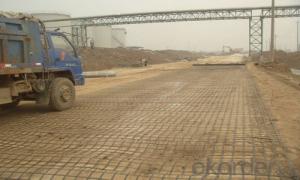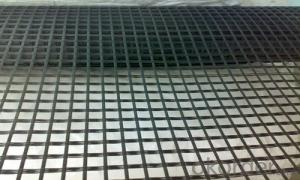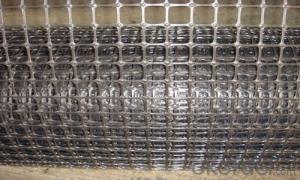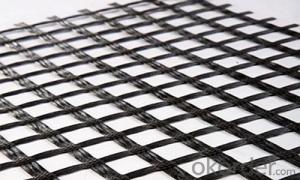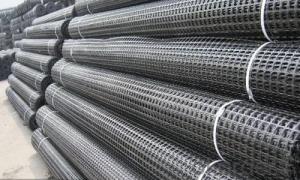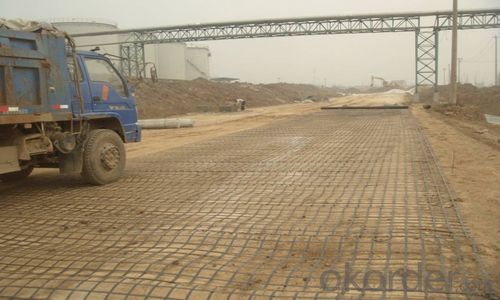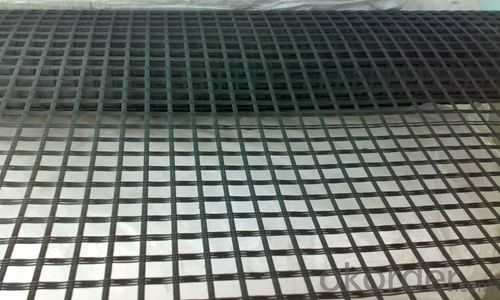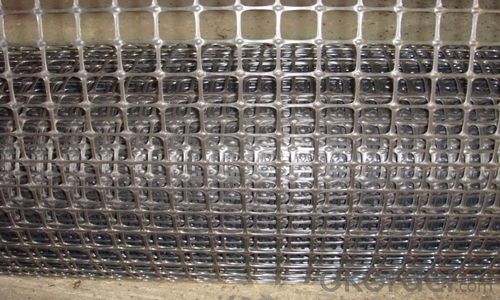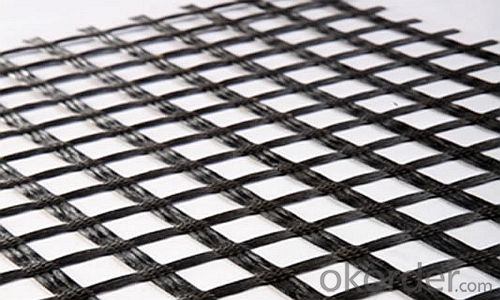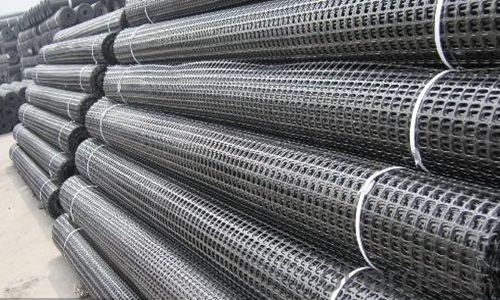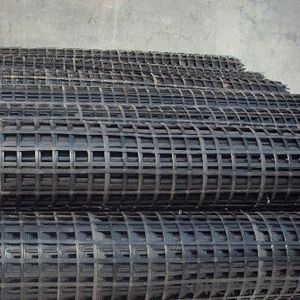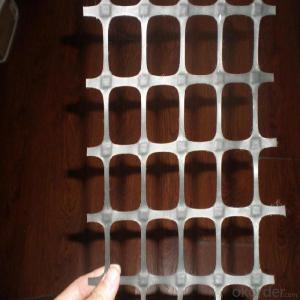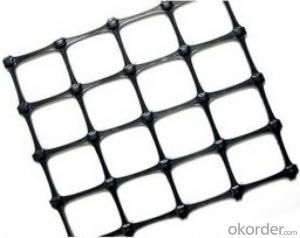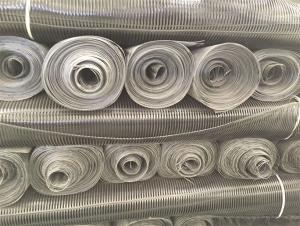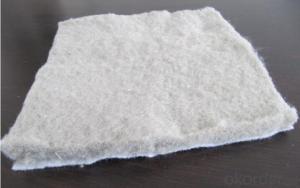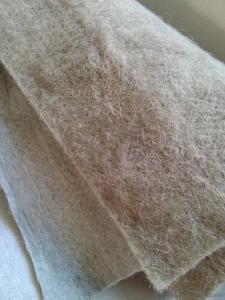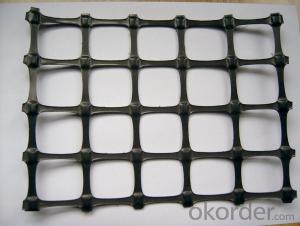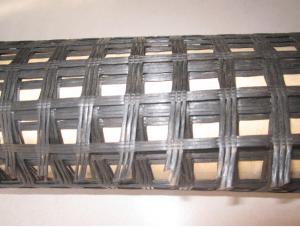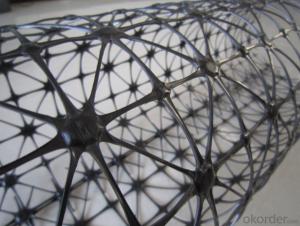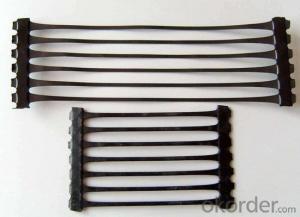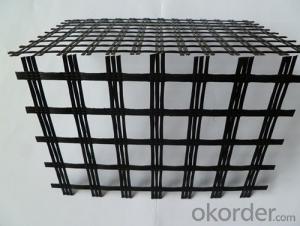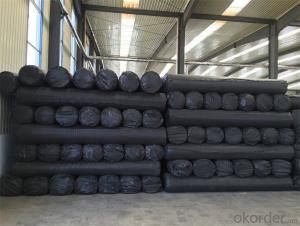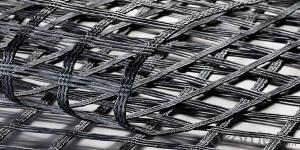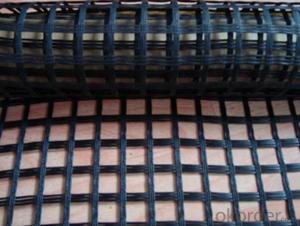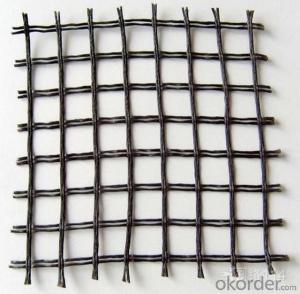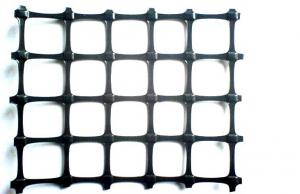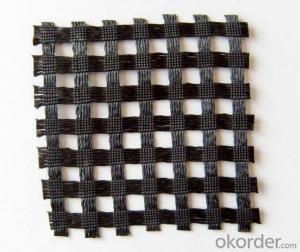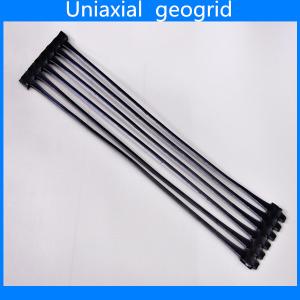Biaxial Geogrids - Reinforcement and Separation Fiberglass Geogrid with Good Quality for Civil Engineering Construction
- Loading Port:
- China main port
- Payment Terms:
- TT OR LC
- Min Order Qty:
- 1000 m²
- Supply Capability:
- 1000000 m²/month
OKorder Service Pledge
OKorder Financial Service
You Might Also Like
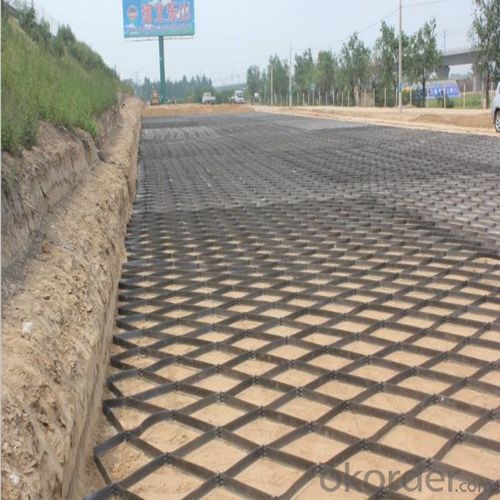
Porducts Description
Classify Fiberglass Geogrid Classify Polyester Geogrid
Material Fiberglass Material Polyester
Tensile Strength: 25-25KN; 30-30KN; 50-50KN; 80-80KN; 100-100KN; 120-120KN;
Road Size: 3.95x100m; as customer required;
A geogrid is geosynthetic material used to reinforce soils and similar materials. Geogrids are commonly used to reinforce retaining walls, as well as subbases or subsoils below roads or structures. Soils pull apart under tension. Compared to soil, geogrids are strong in tension. This fact allows them to transfer forces to a larger area of soil than would otherwise be the case.
Our Service
Quality assurance
1.On a regular basis or as per your request,we entrust national testing agencies to conduct quality inspections
2. Strictly in accordance with the ISO9001-2008 international quality system standard,we monitor and manage the whole process throughout production,quality testing,and measurement to ensure product quality
3. For quality-related construction delay or substandard construction(except for damage or losses due to customer’s responsibility or irresistible natural disasters),we have refunding,replacement,and repair services.We will respond to customers’ feedbacks on quality issues within 24 hours.
Packaging & Shipping
Packing: PLASTIC FILM INSIDE, AND WOVEN BAG OUTSIDE
Shipping: About 15 days after receipt the deposit
FAQ:
Q: What kind of payments does jenor support?
A: T/T, L/C, Cash are accepted.
Q: Do you charge for the samples?
A: Accordeing to our company policy, the samples are free, we only charge the freight fee. And we will return the freight fee during the next order.
Q: Can you produce according to customers' design?
A: Sure, we are professional manufacturer, OEM and ODM are both welcome.
Q: Do you have other products?
A: Yes, please check the pictures:
- Q: Longitudinal and transverse tensile strength more than 60kn/m which has several geogrid
- The key depends on which side you choose, the choice is different.
- Q: The cheapest two-way plastic geogrid manufacturers, two-way plastic geogrid prices?
- As the polymer in the manufacture of plastic polymer in the process of heating with the extension of the process of re orientation, strengthen the link between the molecular chain force, to achieve the purpose of improving its strength. Its elongation rate is only 10% ~ ~ of the original plate of 15%
- Q: Can geogrids be used in temporary retaining walls?
- Yes, geogrids can be used in temporary retaining walls. Geogrids are commonly used in retaining walls to provide stability and reinforcement to the structure. They can be particularly useful in temporary retaining walls as they offer strong tensile strength and prevent soil erosion, ensuring the wall remains stable during its intended lifespan.
- Q: What materials are used to make geogrids?
- Geogrids are typically made from high-strength polymers, such as polyester or polypropylene, which are woven or knitted into a grid-like structure.
- Q: What is the lifespan of geogrids in typical applications?
- The lifespan of geogrids in typical applications can vary depending on factors such as the type of geogrid, the quality of the material, and the specific application. However, geogrids are designed to be durable and have a lifespan ranging from 20 to 75 years in most cases.
- Q: How do geogrids improve the stability of mechanically stabilized earth walls?
- Geogrids improve the stability of mechanically stabilized earth walls by enhancing the soil's tensile strength and preventing lateral movement. They act as a reinforcement, distributing the applied loads more evenly throughout the structure and reducing the potential for wall failure. Additionally, geogrids increase the frictional resistance between the soil and the wall, effectively increasing the overall stability and performance of the structure.
- Q: How do geogrids improve soil stabilization?
- Geogrids improve soil stabilization by providing reinforcement to the soil. They are designed to distribute and transfer loads across a wider area, reducing the stress on the soil. This helps to prevent soil erosion, improve slope stability, and enhance overall soil performance. Geogrids also increase the shear strength of the soil, allowing it to withstand higher loads and resist deformation.
- Q: Engineering effect of steel plastic geogrid
- Steel plastic geogrid:When the geogrid is used in the soft ground treatment, the location and the number of the geogrid should be determined according to the geological condition.When the filling height is greater than 4m, the geogrid to meet the minimum requirements of industry standards, the vertical and horizontal limit tension should not be less than 20kN/mWhen the filling height is between 3-4m, the vertical and horizontal tensile force of geogrid is not less than 40kN/mWhen the filling height is less than 3m, the geogrid vertical ultimate tension is not less than 50 kN/m, the elongation is less than 4%, the proposed use of GSZ60-60 type geogrid when the geogrid embankment excavation combination should be used when the bidirectional geogrid is not less than 40kN/m, should adopt the GSZ60-60 type of GeogridAs for the old road widening old road junction, referring to the method of reconstruction and extension of the use of Grid: where the fill height is larger than 3 meters away from the roadbed, roadbed cap at 20 cm of paving plastic composite grille, with vertical (vertical line direction) limit tension is greater than or equal to 60kN/m, the transverse (parallel line direction) ultimate tension greater than or equal to the plastic composite geogrid 20kN/m, elongation is less than or equal to 4%.
- Q: Can geogrids be used in reinforcement of bridge approach embankments over soft soils?
- Yes, geogrids can be used in the reinforcement of bridge approach embankments over soft soils. Geogrids are commonly utilized in civil engineering projects to enhance the stability and load-bearing capacity of soil structures. In the case of bridge approach embankments, geogrids can be installed to improve the overall strength of the soil, reduce settlement, and prevent potential failure or deformation caused by the soft soil conditions.
- Q: How to do this in the geogrid in the retaining wall? Is there any remedy?
- Thermal stability - the melting temperature of the glass fiber is above 1000 DEG C, which ensures the stability of the fiberglass geogrid in the paving operation.
Send your message to us
Biaxial Geogrids - Reinforcement and Separation Fiberglass Geogrid with Good Quality for Civil Engineering Construction
- Loading Port:
- China main port
- Payment Terms:
- TT OR LC
- Min Order Qty:
- 1000 m²
- Supply Capability:
- 1000000 m²/month
OKorder Service Pledge
OKorder Financial Service
Similar products
Hot products
Hot Searches
Related keywords
